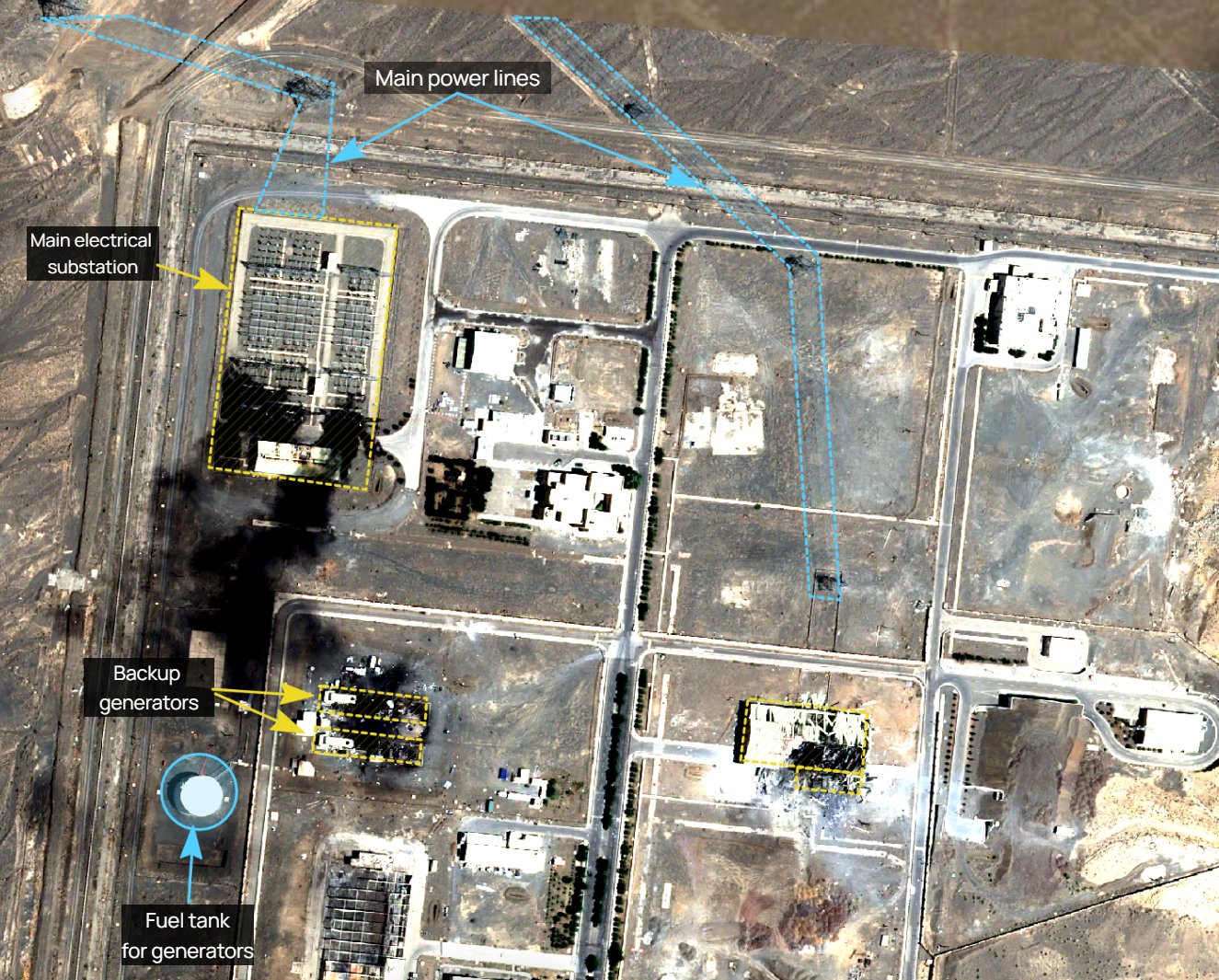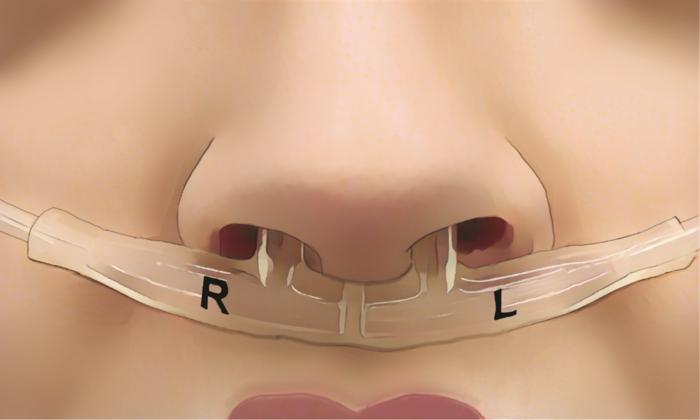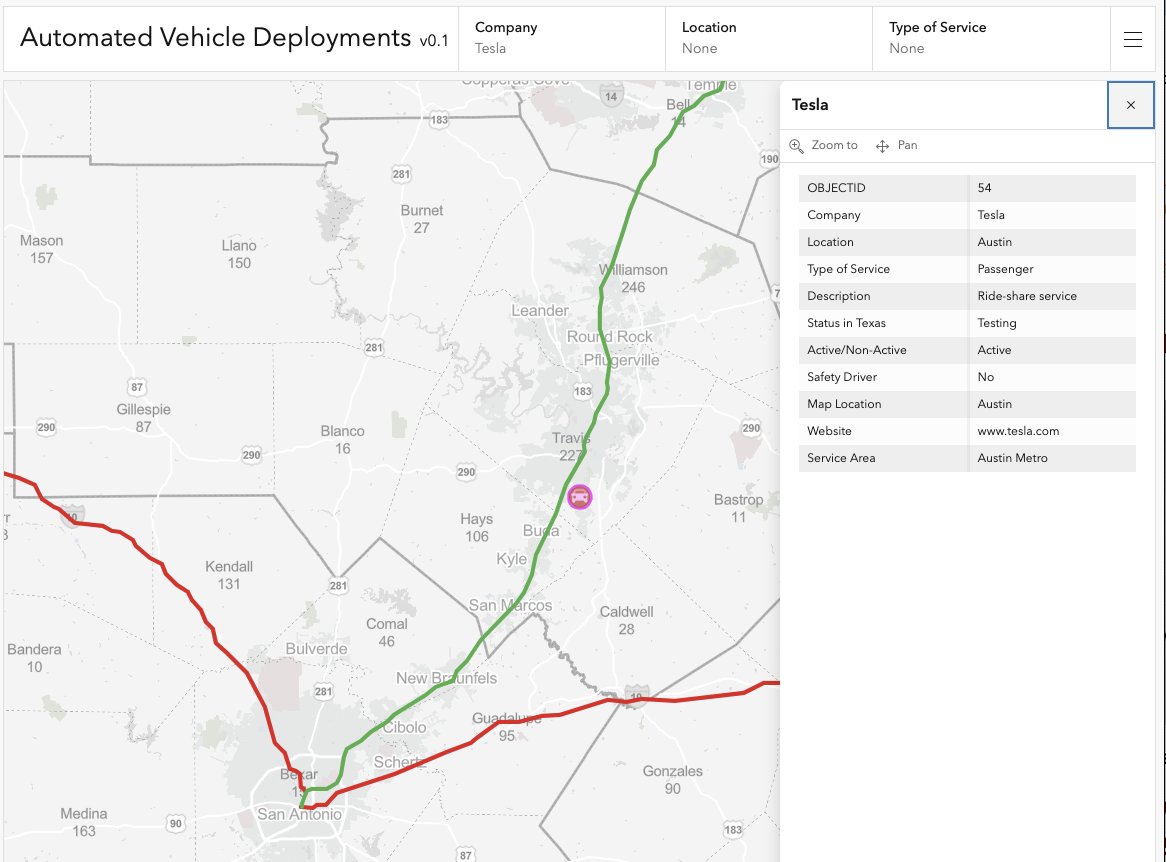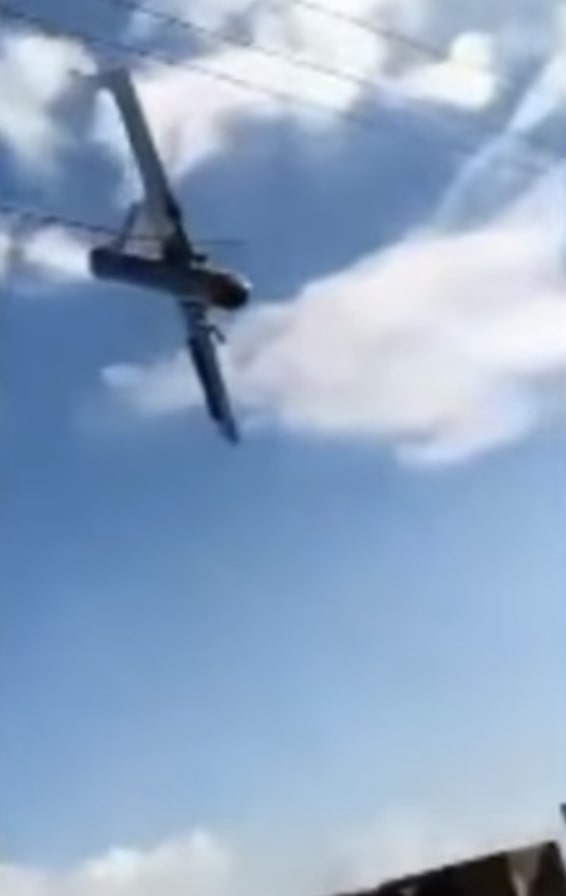Now Reading: Israel Damages Iran Nuclear Enrichment and Military Leadership
-
01
Israel Damages Iran Nuclear Enrichment and Military Leadership
Israel Damages Iran Nuclear Enrichment and Military Leadership

There are reports that Iran’s nuclear facility Natanz has had extensive damage. IAF fighter jets, guided by precise intelligence, struck the Iranian regime’s uranium enrichment site in the Natanz area overnight. This is the largest uranium enrichment site in Iran, which has operated for years to achieve nuclear weapons capability and houses the infrastructure required for enriching uranium to military-grade levels.
Netanyahu acknowledged that Israel would face challenges dealing with sites such as the Fordo plant near the city of Qom, which is buried under a mountain, but said he would not go into details about how Israel will confront that challenge.
In addition to Natanz, the Air Force struck an Iranian nuclear facility near Isfahan, IDF Spokesman Brig. Gen. Effie Defrin revealed during a press conference.
As of mid-May, Iran’s total enriched uranium stockpile was estimated at 9,247.6 kilograms — or more than 45 times the limit set out in the 2015 deal — according to the latest report by the International Atomic Energy Agency (IAEA). Among its stockpiles, Iran has an estimated 408.6 kilograms enriched to up to 60 percent — just a short step from the 90% needed for a nuclear warhead. Iran theoretically has enough near-weapons-grade material, if further refined, for about 10 nuclear bombs, according to the definition by the Vienna-based IAEA.
US President Donald Trump’s announced in April that he would engage in direct talks with Iran over its nuclear program. Trump said he had given the Iranians 60 days to reach a deal. Friday was day 61. Netanyahu also said Israel had identified that, after Israeli strikes on Iran’s ballistic missile program last year, Tehran embarked on a program to create 300 ballistic missiles a month.
Iran Uranium enrichment plants
Natanz: About 250 kilometers (150 miles) south of Tehran, Natanz is Iran’s heavily bunkered main uranium enrichment site, whose existence was first revealed in 2002.
Before Israeli strikes on Friday, Washington and Tehran had held several rounds of talks on Iran’s nuclear program, as concerns mounted about its rapid expansion.
Iran has significantly ramped up its nuclear program in recent years, after a landmark deal with world powers curbing its nuclear activities in exchange for sanction relief began to unravel in 2018 when the United States unilaterally withdrew.
As of mid-May, Iran’s total enriched uranium stockpile was estimated at 9,247.6 kilograms — or more than 45 times the limit set out in the 2015 deal — according to the latest report by the International Atomic Energy Agency (IAEA).
Among its stockpiles, Iran has an estimated 408.6 kilograms enriched to up to 60 percent — just a short step from the 90% needed for a nuclear warhead.
The country now theoretically has enough near-weapons-grade material, if further refined, for about 10 nuclear bombs, according to the definition by the Vienna-based IAEA.
Iran, which vows to destroy Israel, has always denied any ambition to develop nuclear weapons, but its enrichment levels are far beyond any civilian purpose and the IAEA says it has obstructed inspectors from visiting its nuclear sites.
Uranium enrichment plants
Natanz: About 250 kilometers (150 miles) south of Tehran, Natanz is Iran’s heavily bunkered main uranium enrichment site, whose existence was first revealed in 2002.
Advertisement
Natanz operates nearly 70 cascades of centrifuges at its two enrichment plants, one of which is underground. A cascade is a series of centrifuges — machines used in the process of enriching uranium.
Fordo: Secretly built in violation of United Nations resolutions under a mountain near the holy central city of Qom, Fordo was first publicly revealed in 2009.
Initially described as an “emergency” facility built underground to protect it from potential air attacks, Iran later indicated it was an enrichment plant capable of housing about 3,000 centrifuges.
Uranium conversion and research reactors
Isfahan: At the uranium conversion facility at Isfahan in central Iran, raw mined uranium is processed into uranium tetrafluoride (UF4) and then into uranium hexafluoride (UF6), a feed gas for centrifuges.
The plant was industrially tested in 2004 upon its completion.
Arak: Work on the Arak heavy-water research reactor on the outskirts of the village of Khondab began in the 2000s, but was halted under the terms of the 2015 deal.
Iran has meanwhile informed the IAEA about its plans to commission the reactor by 2026.
The research reactor was officially intended to produce plutonium for medical research and the site includes a production plant for heavy water.
Nuclear Power Plants
Bushehr: Iran’s only nuclear power plant in the southern port city of Bushehr was built by Russia and began operating at a lower capacity in 2011 before being plugged into the national power grid in 2012.
Russia continues to deliver nuclear fuel for the plant, which remains under IAEA control.
Darkhovin and Sirik: Iran began construction in late 2022 on a 300-megawatt power plant in Darkhovin, in the country’s southwest. In early 2024, it also began work in Sirik, in the Strait of Hormuz, on a new complex of four individual plants with a combined capacity of 5,000 megawatts.
Israel Drone Base
Israel confirms that they had a drone base in Iran and used it to blow up the ballistic missile launchers and hit other targets. They built a drone base inside Iran and smuggling precision weapons systems and commandos into the country.
The third covert effort was Mossad commandos deploying precision missiles near anti-aircraft sites in central Iran. The operations relied on “groundbreaking thinking, bold planning and surgical operation of advanced technologies, special forces and agents operating in the heart of Iran while evading the eyes of local intelligence,”
Mossad agents struck Iran from the inside before Israel’s June 13 air raid, Times of Israel. They planted high-precision munitions near SAM sites, smuggled camouflaged launchers, and built a suicide drone base near Tehran. Mossad spent years prepping weapons caches and inserting agents. On June 13, they launched drones from central Iran. Main target: Esfedjabad ballistic missile depot. Mobile launchers disabled Iran’s air-defense radars. Covert drones struck missile sites. Hidden munitions hit SAM batteries. Israeli jets attacked with no resistance. The strike killed IRGC Commander Hossein Salami and Armed Forces Chief Mohammad Bageri. It also killed six nuclear scientists, including Fereydoun Abbasi-Davani and Mohammad Mehdi Tehranchi.
The operation — dubbed “Rising Lion” — saw more than 200 Israeli Air Force aircraft participate in the opening strikes, as fighter jets dropped over 330 munitions on some 100 target.
Mossad spent years prepping weapons caches and inserting agents. On June 13, they launched drones from central Iran. Main target: Esfedjabad ballistic missile depot. 2/
— Tymofiy Mylovanov (@Mylovanov) June 13, 2025
The @IDF eliminated the 20 top generals of the IRGC military. They also got the air force command to meet and they destroyed the air force command. They tricked the Iranian Air Force leaders into getting together for a meeting, and then targeted the meeting place.
This is how precise Israel’s intelligence and execution is: pinpointed attack eliminating head of IRGC directly in his apartment, nearly 2,000 kilometers away from Israel. pic.twitter.com/M8rmx8ddeM
— Dr. Eli David (@DrEliDavid) June 13, 2025

As part of the strikes, the underground area of the site was damaged. This area contains a multi-story enrichment hall with centrifuges, electrical rooms, and additional supporting infrastructure. In addition, critical infrastructure enabling the site’s continuous operation and the Iranian regime’s ongoing efforts to obtain nuclear weapons were targeted.
⭕️ IAF fighter jets, guided by precise intelligence, struck the Iranian regime’s uranium enrichment site in the Natanz area overnight. This is the largest uranium enrichment site in Iran, which has operated for years to achieve nuclear weapons capability and houses the… pic.twitter.com/JVLIZFHwLm
— Israel Defense Forces (@IDF) June 13, 2025
Electrical infrastructure was targeted, along with the Pilot Fuel Enrichment Plant. The UGF entrances were not damaged

Close-up satellite imagery of the Natanz nuclear facility in Iran following Israeli strikes last night.
High-resolution visuals show visible damage to multiple structures across the site.https://t.co/cVGm2tu3m6 pic.twitter.com/XDCffxBYp5
— War Mapper (@War_Mapper) June 13, 2025
Iranian media reports radiation leak at Natanz nuclear facility — underground structure damaged, causing leak. pic.twitter.com/9q2JfB1Kwg
— 🇬🇧 Richard 🇺🇦 (@UKRRichard) June 13, 2025
🚨🚨🚨 BREAKING: Israeli Air Force bombing the Iranian Air Force base in Isfahan. pic.twitter.com/h3d0vlaSG3
— OSINT observer (@dopaminedealers) June 14, 2025

Brian Wang is a Futurist Thought Leader and a popular Science blogger with 1 million readers per month. His blog Nextbigfuture.com is ranked #1 Science News Blog. It covers many disruptive technology and trends including Space, Robotics, Artificial Intelligence, Medicine, Anti-aging Biotechnology, and Nanotechnology.
Known for identifying cutting edge technologies, he is currently a Co-Founder of a startup and fundraiser for high potential early-stage companies. He is the Head of Research for Allocations for deep technology investments and an Angel Investor at Space Angels.
A frequent speaker at corporations, he has been a TEDx speaker, a Singularity University speaker and guest at numerous interviews for radio and podcasts. He is open to public speaking and advising engagements.























